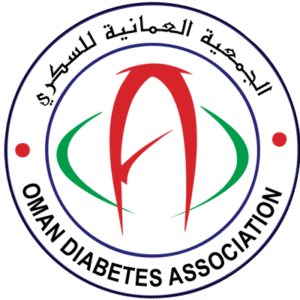Type 1 Diabetes(T1DM)
It may affect people of any age, but usually develops in children or young adults. So, often referred to as Juvenile diabetes. The body does not produce insulin. Exact causes are still unknown, nevertheless, it is mostly caused by an auto-immune reaction resulting in the destruction of ß Cells of pancreas leading to total Insulin deficiency, so the only treatment are the insulin injections that is why referred to as insulin dependent diabetes. The onset of type 1 diabetes is usually sudden and dramatic. Approximately 10% of all diabetes cases are type 1.
Type 2 Diabetes(T2DM)
It is the most common type of diabetes (90-95%) and occurs mostly in the adult population. So used to be called non-insulin dependent diabetes or adult-onset diabetes. The body does not produce enough insulin for proper function, or the cells in the body do not react to insulin (insulin resistance).Overweight and obese people have a much higher risk of developing type 2 diabetes .The risk is greater as we get older and in those with a close relative who has type 2 diabetes. Type 2 diabetes may remain undetected for many years and the diagnosis is often made when a complication appears or a routine blood or urine glucose test is done. It is treated initially by meal planning and exercise. If that is not enough to control it then medications will be added. The symptoms can often be mild or even absent in people with type 2 diabetes. However, type 2 diabetes is typically a progressive disease – it gradually gets worse – and the patient will probably end up have to take insulin.
Gestational Diabetes(GDM)
This type affects females during pregnancy. It develops in one in 25 pregnancies worldwide and if undiagnosed or uncontrolled it can raise the risk of complications to both mother and baby.. The baby may be bigger than he/she should be. GDM usually disappears after pregnancy but women with GDM and their offspring are at an increased risk of developing type 2 diabetes later in life. Approximately half of women with a history of GDM go on to develop type 2 diabetes within five to ten years after delivery. The majority of gestational diabetes patients can control their diabetes with exercise and diet, but ,some of them will need to take some kind of blood-glucose-controlling medications mostly insulin.


